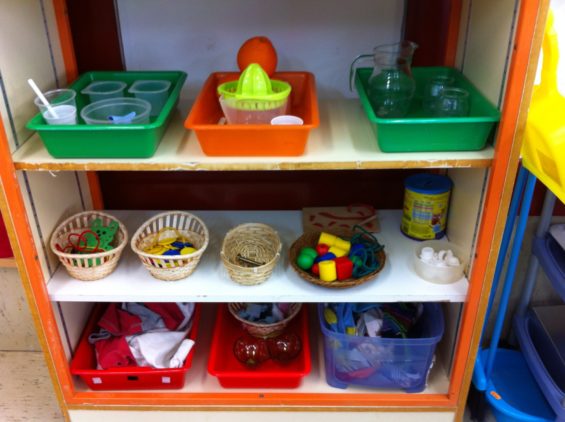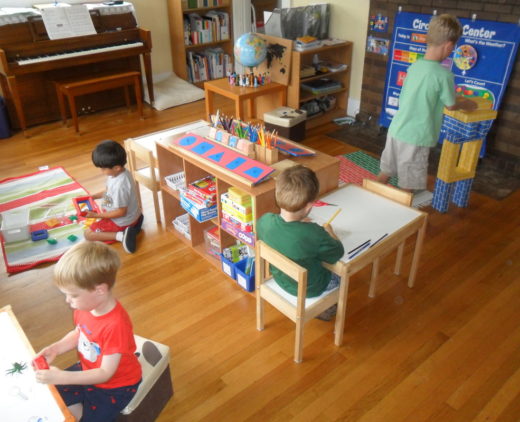The art of listening is a skill that can be achieved. Many young people in our noisy world have formed the habit of “turning off” the attention to the sound. They don’t make any effort to distinguish the sounds and therefore block themselves off and lose many learning activities.
Listening with attention is vital for learning the sounds of the letters in the reading section. Montessori designed several sensory games to help the child to focus on particular sounds. In a game, the child is blindfolded and asked to identify the particular classroom sounds, like the noise of a window opening, a closing door or pour water. In another match, it aims to identify the voices of their classmates without looking at students who are talking.
To help children become more aware of the intensity of the sound, Montessori designed a set of six cylindrical wooden boxes with red lids. Each box contains a small amount of different substances: salt, rice, dried beans, buttons or pebbles. Different sounds are produced by the child when he shakes the boxes, and it varies in intensity from mild to strong. There is a second set of boxes with blue lids. Each box in the first set has a companion in the second, which produces a similar sound. The child (by listening) must find the couple. Then, he can put the boxes in a set from the strongest to the softer.











